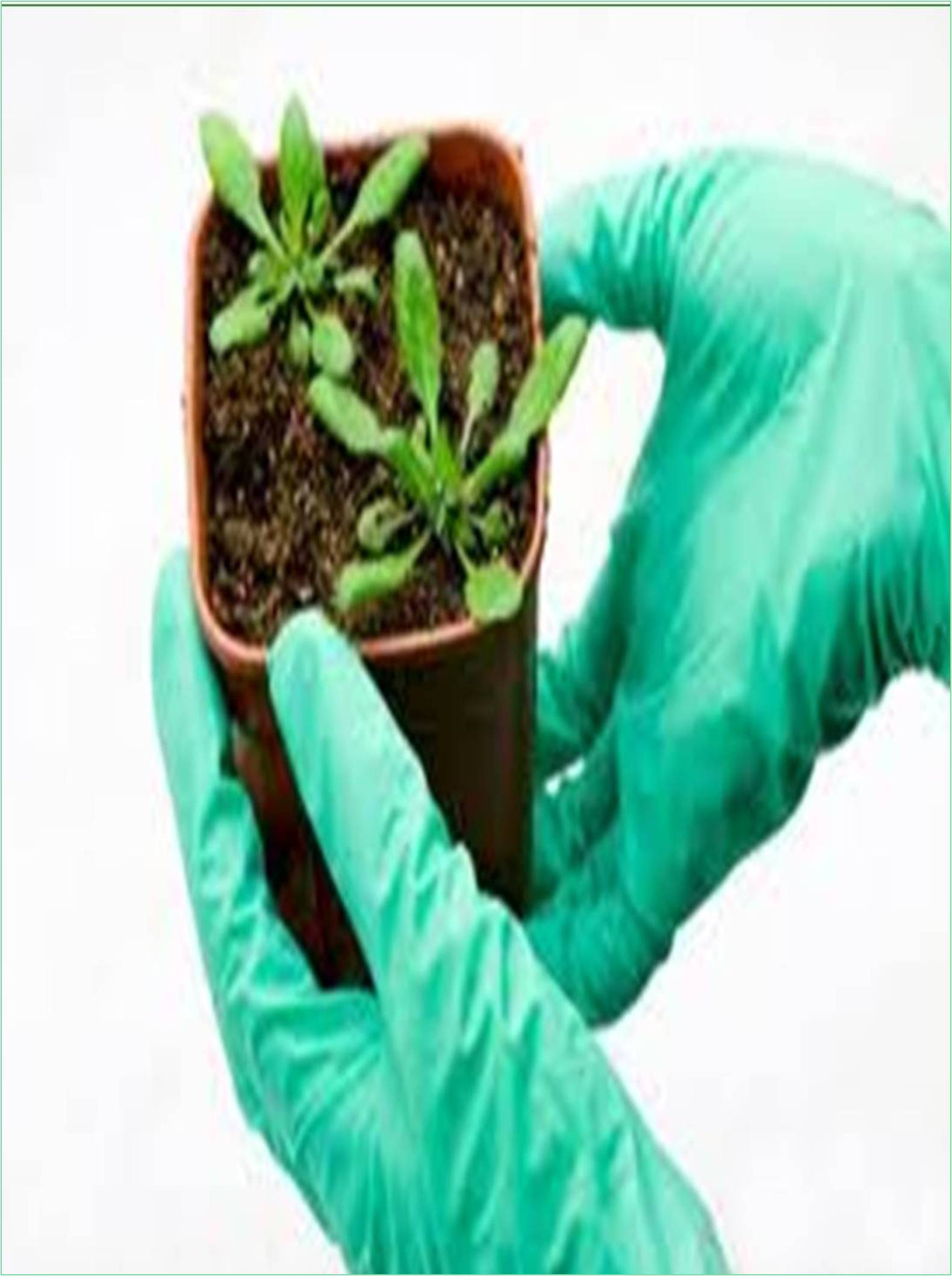



Received: 01-Jul-2022, Manuscript No. GJCSSPB-22-72130; Editor assigned: 04-Jul-2022, Pre QC No. GJCSSPB-22-72130(PQ); Reviewed: 21-Jul-2022, QC No. GJCSSPB-22-72130; Revised: 29-Jul-2022, Manuscript No. GJCSSPB-22-72130(R); Published: 05-Aug-2022, DOI: 10.15651/2437-1866.22.8.049
Fertilizers are mainly used in solid form (90%) compared to liquid form (10%) for plant growth and development. Solid fertilizers are applied by spraying (base spraying and top dressing), band placement (hill and row placement), and pellet forms. Starter solutions, foliar application, fertilization, soil injection and aerial application are part of the liquid fertilizer application method. Fertilizer is a natural by-product of animal production, as well as an excellent source of phytonutrients. Using manure as a fertilizer for crop production is a very beneficial way to recycle fertilizer nutrients within an agricultural system. Most livestock farms are on or around large farmlands where fertilizer can be spread sustainably. Fertilizers often replace commercially available inorganic fertilizers (Dubey, 2009). Fertilizers not only serve as a nutrient source for plants, but also help to improve soil collapse, structure, aeration, and water retention capacity by adding organic matter. Fertilizer application is a sustainable agricultural practice. Fertilizer In order to maximize the benefits of nutrients, avoid crop damage and minimize the risk of contamination, fertilizer doses should be based on nutrient needs or crop improvement (Dumas, 1995).
Fertilizers contain both macro and micro nutrients required for the crop production in both organic and inorganic forms. Inorganic nutrients are readily available to growing plants from the soil. Plants absorb mineral nutrients from the soil, such as compost and commercial fertilizers. Not all nutrients are available at the same time, so proper management is required to ensure that enough nutrients are available when the crop needs them. The type and duration of liquid or solid storage in the slurry treatment system also affects the nutrient content of the liquid fertilizer. Phytonutrient availability depends on the equipment selected for fertilization, the timing of application, field work after application, and weather conditions during and after application (Jogaiah, 2020). Nitrogen is the nutrient most affected by various elements of the fertilizer management system. Fertilizer application is generally confined to irrigated plantations and varies by region and farming land. Fertilizers are most effective when applied during the growing season of plants i.e., 12-24 months.
Farmers typically apply 50 kg of urea per acre for one year after planting. Casuarina does not require large amounts of nitrogen fertilizers as it produces its own nitrogen with the help of the bacterium Frankia and recommended to apply in 4 stages at 18 months. Fertilizer application usually results in increased yield and decreased yield until maximum yield is reached. Excessive fertilization can then reduce yields. Livestock manure is an important fertilizer in organic and sustainable soil management. Fertilizers provide nutrients to plants and are excellent soil conditioners. Well-managed slurry application recycles nutrients, improves soil quality and protects water quality. Most effectively used for crop rotation, cover crops, liming, and the addition of other natural or biologically compatible fertilizers and additives (Miflin, 2000).
The slurry can only be used for construction soil and stored in such a way that contamination of surface or groundwater is avoided. Many certification bodies specify that fertilizer application should not exceed agronomic application rates (Parry, 2009). That is, the fertilization rate must be less than or equal to the crop’s needs. Do not spread the slurry if the ground is frozen, snowy, or saturated. Some fertilizers are contaminated with hormones, antibiotics, pesticides, pathogens, heavy metals and other unwanted substances. Many organic compounds, pathogens, protozoa, or viruses can be removed by hot aerobic composting. Some pathogens such as bacteria, can survive in the composting process. Fertilizer and compost tests are available from commercial laboratories and are recommended when there is doubt about the purity of the fertilizer (Singh, 2006). Slurry tests are mandated by European Union and Canadian standards. The potential for disease transmission to humans discourages even the use of fresh manure or compost for pre-sowing or fertilizing vegetable crops.
Dubey A, Lal R (2009) Carbon footprint and sustainability of agricultural production systems in Punjab, India, and Ohio, USA. J Crop Improv. 23(4):332-350. [Crossref] [Google Scholar]
Dumas C, Faure JE (1995) Use of in vitro fertilization and zygote culture in crop improvement. Curr Opin Biotechn. 6(2):183-188. [Crossref] [Google Scholar]
Jogaiah S, Singh HB, Fraceto LF (2020) Advances in nano-fertilizers and nano-pesticides in Agriculture: A smart delivery system for crop Improvement. [Google Scholar]
Miflin B (2000) Crop improvement in the 21st century. J Exp Bot.;51(342):1-8. [PubMed]
Parry MA, Madgwick PJ, Bayon C (2009) Mutation discovery for crop improvement. J Exp Bot. 60(10):2817-2825. [Crossref] [PubMed]
Singh U (2006) Integrated nitrogen fertilization for intensive and sustainable agriculture. J Crop Improv. 15(2):259-288. [Crossref]